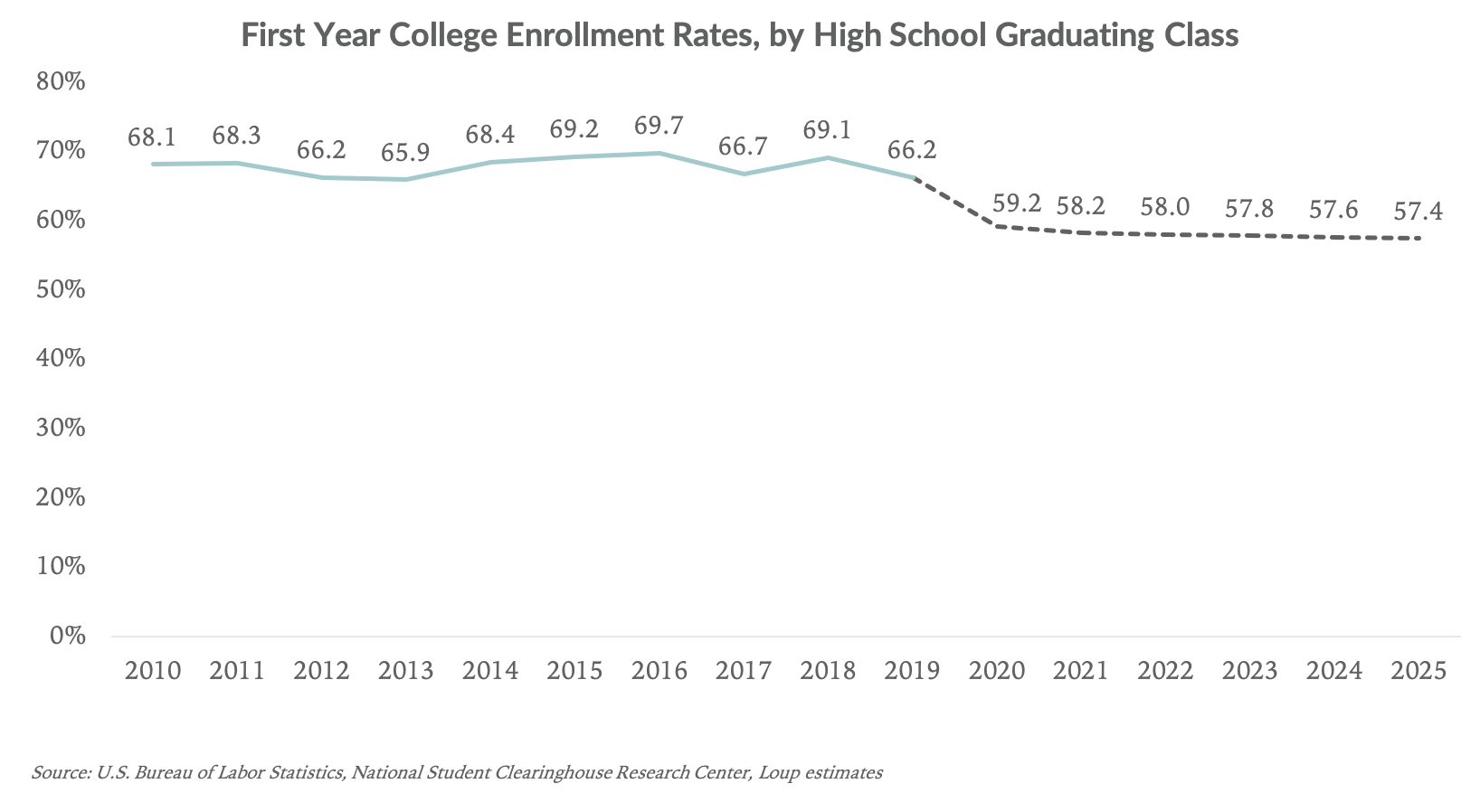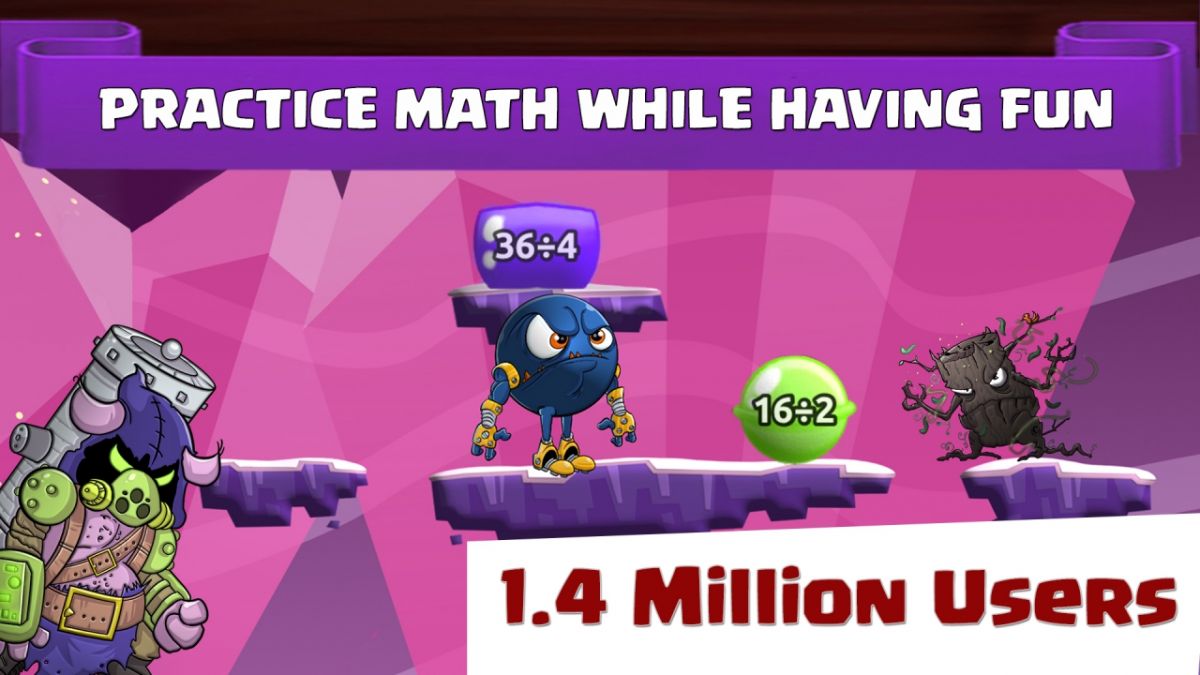
It's easy to make math entertaining for your children. These are some fun ways to make math enjoyable for children. Make flashcards, make mnemonics, and get 10s out numbers! These are great for kids! Try this fun math activity! Make a flashcard using a singledigit and then recite each digit. Your kids will thank you for the fun activity! You can also share this activity with your friends!
Making math more fun
Make math relevant to your daily life. This is one of the best ways to make math enjoyable for kids. Make math relevant to every day life by making it relate to the goals that your child has. Let your children take a stroll outside to point out the shapes and angles. This will help them relate math to everyday life. Mathematics is all around us-right angles, shadows on buildings, the Fibonacci sequence on sunflower petals, and so on. This knowledge can be used to make math more enjoyable for children.
Create flashcards
It is a great way for kids to learn facts and fluency by creating flashcards. Quizlet is another website you can use. It allows you create and share group flashcards. Many also offer the option to make virtual cards. You can also make your own cards using Google Docs. These websites are great for generating multiple-choice questions and adding images. You can print your flashcards or store them on a PC.

Making mnemonics
To help children memorize and retain math concepts and word problem solutions, it is possible to create mnemonics. These can be used throughout elementary and high school. They can also be used for higher grades. When you start teaching mnemonics for math, you should be sure to explain what each one means and demonstrate its effectiveness. After demonstrations that were successful, teach your students how you use them.
Make 10s
Teaching your child the concept of making 10s is a crucial step in teaching them to count. This concept can be easily illustrated by using base 10-blocks. By using base 10 blocks, students will see that the number base 10 doesn't have any one and becomes one when you add 4 ones. You can help your child understand the concept of replacing an 0 with a number by using a twenty-frame mat along with two yellow and red counters.
Bar graphs
Creating bar graphs for math kids is a fun and interactive activity that combines measuring skills and the art of graphing. Students will work in small groups to come up with a list of what makes a great graphic. Each group must create a title for the graph and label both the horizontal and vertical sides. Students can also use an interactive Velcro dart board to collect data. Kids can also use pom poms as targets for added challenge.
Create scaled picture charts
Scaled picture graphs are a great skill for teaching children how to visually analyze data. There are two main parts to a pictograph: the legend and body. The legend informs the student how many objects each picture contains, while the body shows groups of objects. The data analysis informs how the body divides objects. An example: A business may have rows for each month and a picture for each case.

Creating scaled bar graphs
Your students will benefit from creating scaled bar graphs in math classes. This can allow them to better understand multiple-step problems and help them interpret data in new ways. The learning objective "Problems With A Scaled Bar Graph” refers CCSS, state standards that support student participation and academic performance. This lesson directly refers to standard 3.MD.B.3 of the common core mathematics standards. A common graphing tool can be used, but you can also give your students worksheets that help them create scaled pictures graphs.
FAQ
How long does it take for an early childhood teacher to become certified?
To complete a bachelor's in early childhood education, it takes four years. You will spend two years taking general education courses required by most universities.
After completing your undergraduate studies, you will usually enroll in graduate school. This step allows students to focus on a particular area.
For example, you could choose to focus on child psychology or learning disabilities. After you complete your master's, it is time to apply to a teacher-preparation program.
This process will take another few years. This period will be filled with learning opportunities and collaborations with educators.
Finally, you will need to pass state exams before you can officially begin working as a teacher.
This process can take many years. Therefore, you won't immediately be able jump into the workforce.
What does it take to be a teacher of early childhood education?
An early childhood teacher must have specific training. Most states require teachers to be certified by their state boards before they can work in public schools.
Some states require that teachers pass exams on reading and math.
Some states require teachers to hold a certain number of hours of coursework related to early childhood education.
Most states set minimum requirements for what a teacher should know. These requirements are not the same in every state.
Who can homeschool?
Anyone can homeschool. There are no specific qualifications required.
High school graduates are qualified to teach their children. Many families opt to have their children teach them while they are in college.
Parents can learn to teach children from parents with less formal education.
After satisfying certain requirements, parents can become certified teachers. These requirements may vary by state.
Some states require all homeschooled students to complete a test before graduation. Others do not.
Homeschooling parents must register their family with the local school district.
This involves filling in paperwork and submitting it the school board.
After registration, parents can enroll their children at public or private schools.
A few states allow homeschooling without the need to register their children with government agencies.
If you live in one of these states, you will be responsible for ensuring your children meet the requirements of the state's compulsory attendance law.
What is a trade school?
Trade schools can be an alternative for those who have not had success in traditional higher education to obtain a degree. They offer career-focused programs which prepare students to pursue specific careers. The programs offer two-year courses in one semester. Students then go on to a paid apprenticeship program, where they are trained in a specific job skill set and given practical training. Trade schools are vocational schools and technical colleges, as well community colleges, junior colleges, universities, and other institutions. Some trade schools offer associate degrees.
Statistics
- Think of the rhetorical power of nineteenth-century abolitionist Harriet Beecher Stowe, Martin Luther King, Jr., or Occupy Wall Street activists with their rallying cry of “we are the 99 percent.” (bostonreview.net)
- “Children of homeowners are 116% more likely to graduate from college than children of renters of the same age, race, and income. (habitatbroward.org)
- And, within ten years of graduation, 44.1 percent of 1993 humanities graduates had written to public officials, compared to 30.1 percent of STEM majors. (bostonreview.net)
- Data from the Department of Education reveal that, among 2008 college graduates, 92.8 percent of humanities majors have voted at least once since finishing school. (bostonreview.net)
- They are also 25% more likely to graduate from high school and have higher math and reading scores, with fewer behavioral problems,” according to research at the University of Tennessee. (habitatbroward.org)
External Links
How To
Why homeschool?
There are many factors to consider when deciding whether to send your child to school or homeschool.
-
What kind of education do your children need? Are you looking for academic excellence or social skills development?
-
What degree of involvement would you prefer to have in your child’s education. Is it better to be kept up-to-date about your child's activities? Or would you rather let him/her make decisions on his/her own?
-
Do you have any special needs for your child? If so, how will you address those needs?
-
Will you be able to manage your child's schedule? Will you be able to teach your child every day at home?
-
What types of subjects will you cover? Math, science, language arts, art, music, history, geography, etc. ?
-
How much money do you have available to educate your child?
-
Is your child old enough to start school?
-
Where will you house your child? You need to locate a suitable space that is large enough for a classroom as well as adequate facilities, such as bathrooms or kitchens.
-
What is the age of your child?
-
When does your child go back to sleep?
-
When does he/she wake-up?
-
What time does it take to go from point A to point C?
-
Is your child's school located far from you?
-
How far is it from your home to your child's school.
-
How will you get your child from one place to another?
-
What are some benefits to homeschooling?
-
What are the drawbacks?
-
Who will look after your child outside?
-
What are your expectations for your child?
-
What kind of discipline will you use?
-
What curriculum are you going to use?
There are many reasons people choose to homeschool their kids. These are just a few of the reasons why people choose to homeschool their children.
-
Your child is unable to attend traditional schools because of learning disabilities.
-
You are interested in providing an alternative type of education for the child.
-
You want more flexibility with scheduling.
-
You want to avoid paying high tuition fees.
-
You believe your child is receiving a better quality of education than he/she could receive in a traditional school environment.
-
You believe you can teach your children better than any teacher in a traditional school setting.
-
You don’t like the way that schools work.
-
You are uncomfortable with the rules and regulations in the school system.
-
You want your child develop a strong work ethic.
-
You want the freedom to choose which courses your child takes.
-
You want individualized attention for your child.
Homeschooling also offers many other benefits, such as:
-
It is not necessary to worry about uniforms and books, pencils, pencils, paper, or other supplies.
-
You can tailor your child's education to suit his/her interests.
-
Parents can spend more time with their children when they homeschool.
-
Homeschooled children tend to learn quicker because they are not distracted from their peers.
-
Homeschoolers are more likely to score higher on standardized testing.
-
Families who homeschool tend to be happier in general.
-
Homeschool students are less likely to drop out of school.